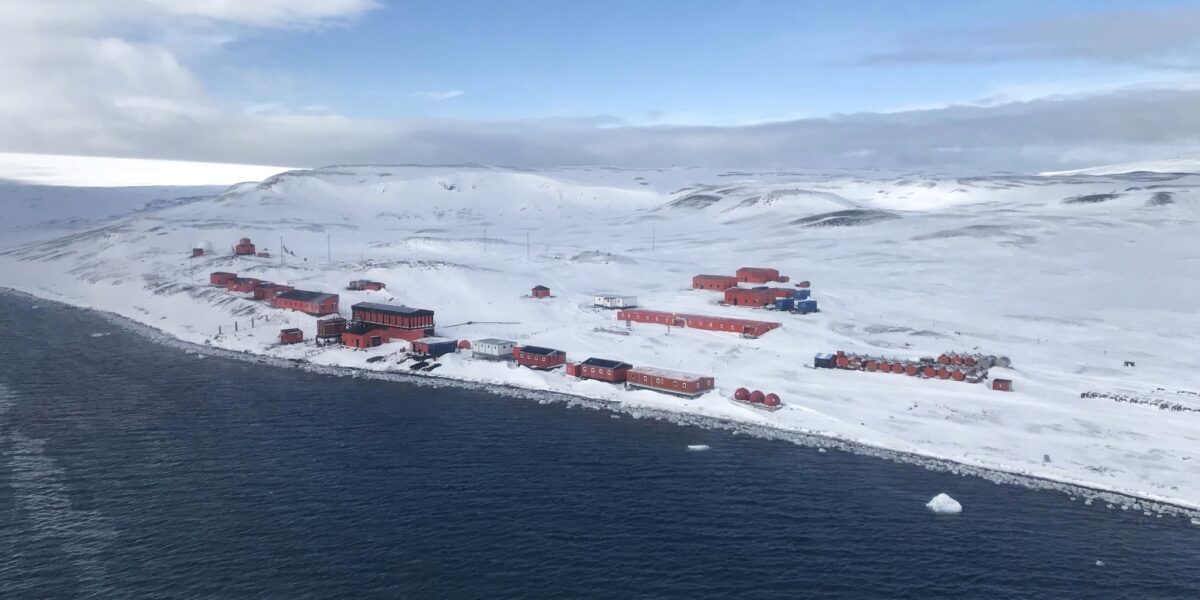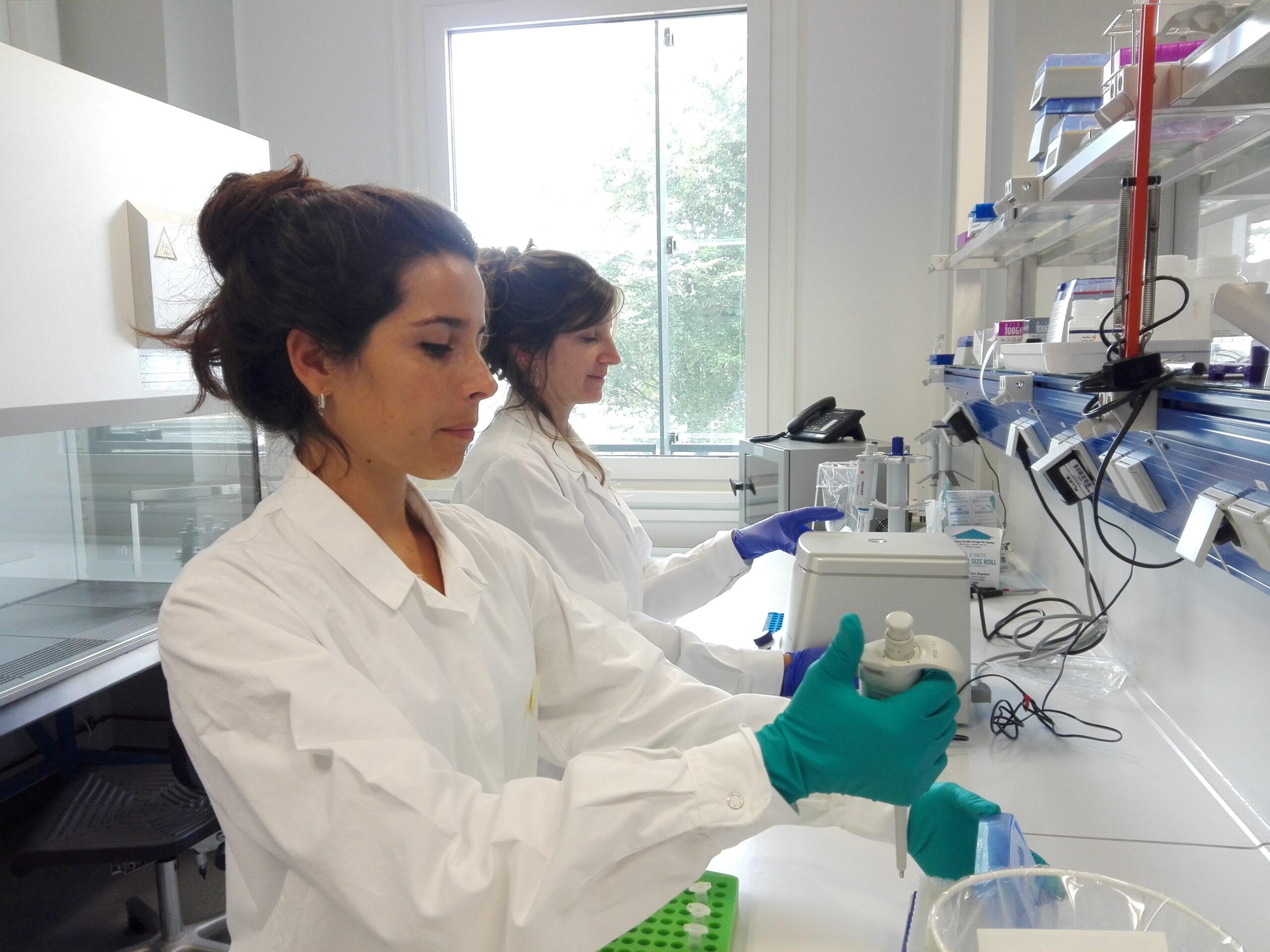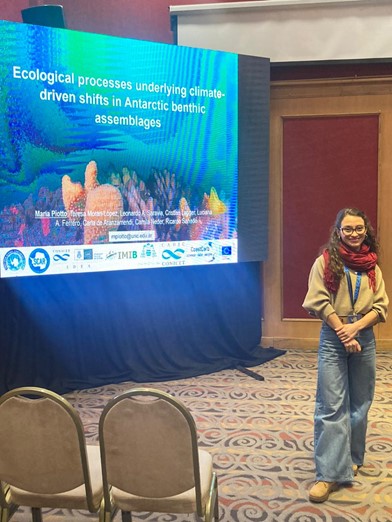by N. Servetto, M.B. Ruiz, M. Martínez L. Harms, M.C. de Aranzamendi, G. Alurralde, D. Gim ́enez, D. Abele, C. Held, R. Sahade
Recently, in the context of cooperation between researchers from the IDEA Institute, Argentina (Marine and Polar Ecosystems Laboratory) and AWI, Germany, new evidence about acidification in Antarctica has been published. This cooperation, with Dr. Christoph Held and Dr. Ricardo Sahade as head leaders, is in the framework of the CoastCarb project.
This article studied the impact of reduced sea-water pH on the ascidian Cnemidocarpa verrucosa and the bivalve Aequiyoldia eightsii, from an Antarctic fjord (Potter Cover, PC), and it was published in the journal Science of the Total Environment. Here we aimed to tackle the potential changes in the Antarctic benthic community from PC, in the face of the increase in atmospheric carbon dioxide (CO2) that will continue to rise according to the predictions (IPCC). High levels of CO2 are quickly absorbed by the oceans (ocean acidification, OA), creating an unfavorable environment for many species. This is the case of the ascidian C. verrucosa sp. A, which was greatly affected at a molecular level in predicted conditions of OA of the Southern Ocean. We observed that the numbers of differentially expressed genes (DEGs) between both species differ strikingly, with a more significant number of DEGs in the non-calcifying ascidian than in the calcifying species. Our results are outstanding because this ascidian is a very abundant species and thus plays a key role in the ecosystem being subsistence of other species that live in close relationship with it.
Additionally, we would like to share and highlight the importance of non-calcifying species in such a future OA scenario. It is remarkable since most of the evidence highlights the importance of the impact of acidification on calcifying species, especially mollusks, and little focus has been placed on non-calcifying species.






